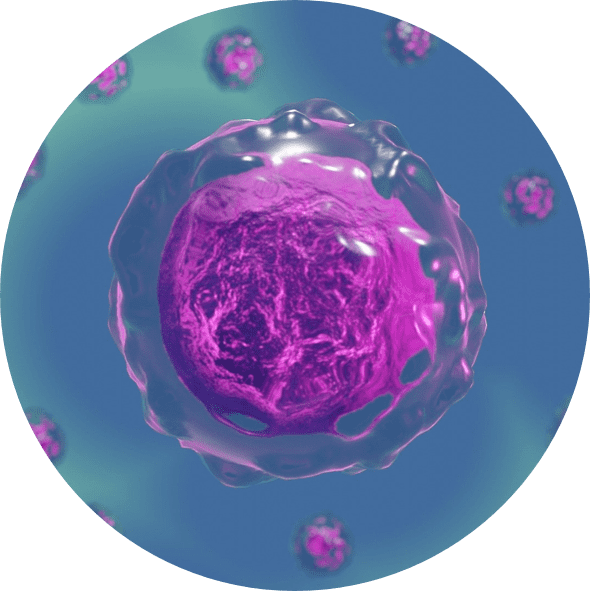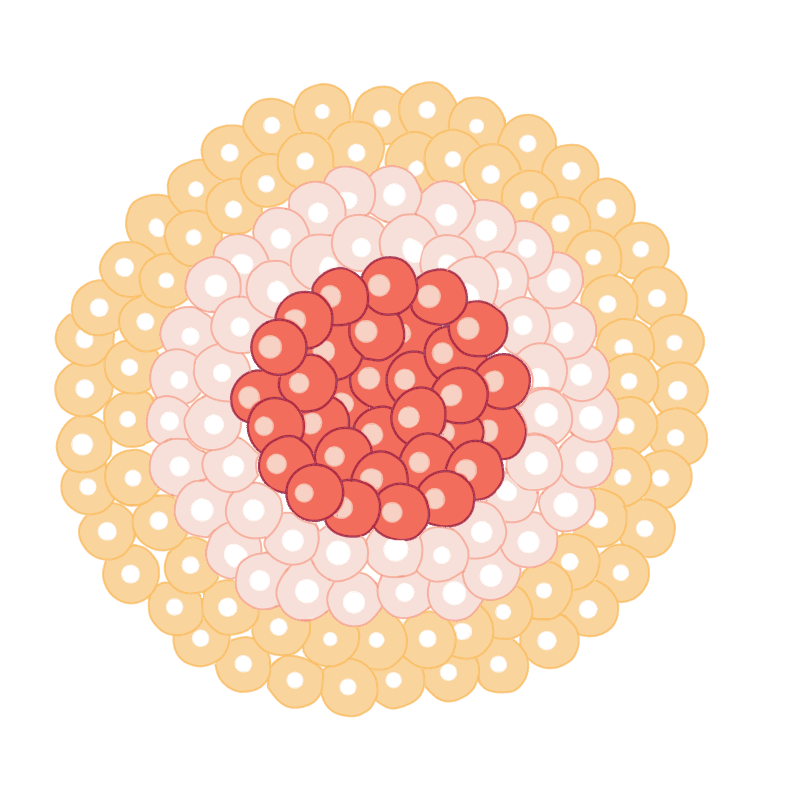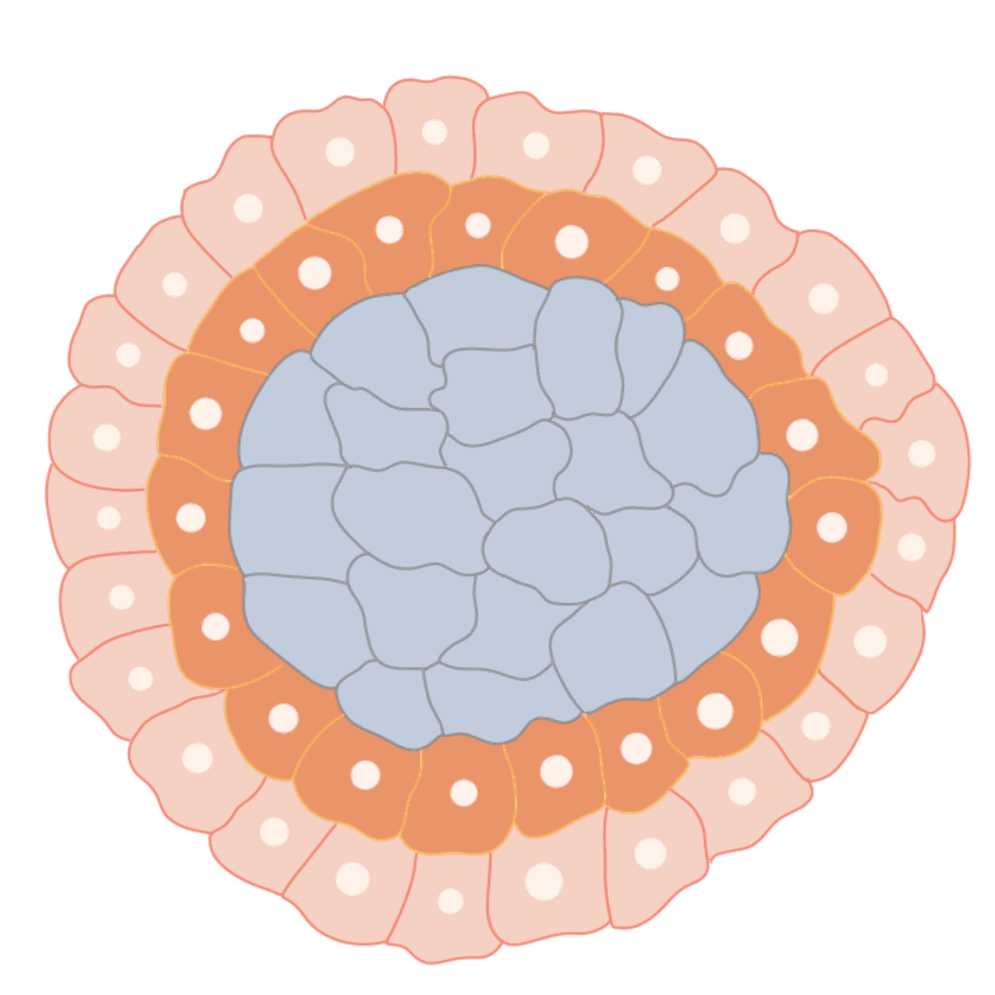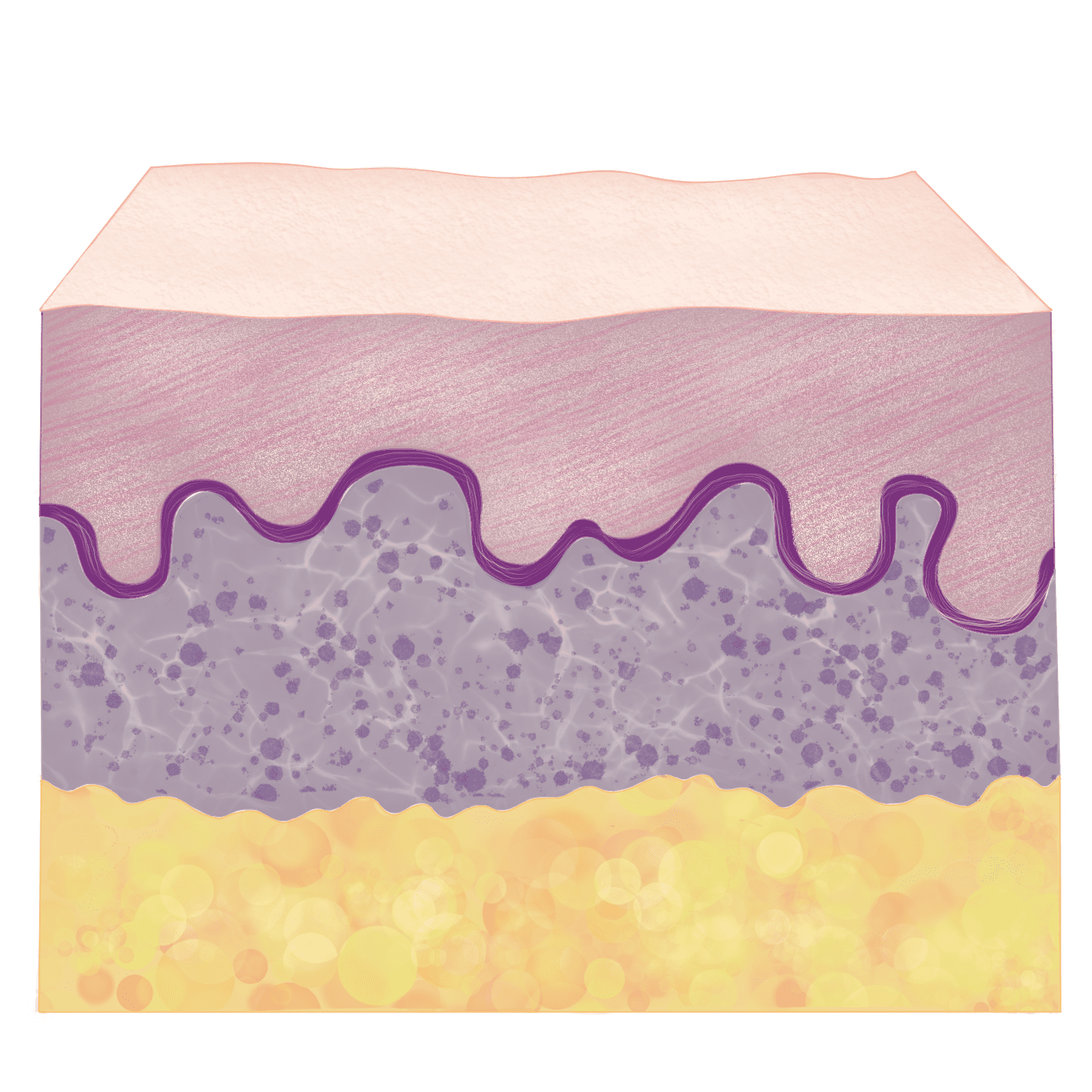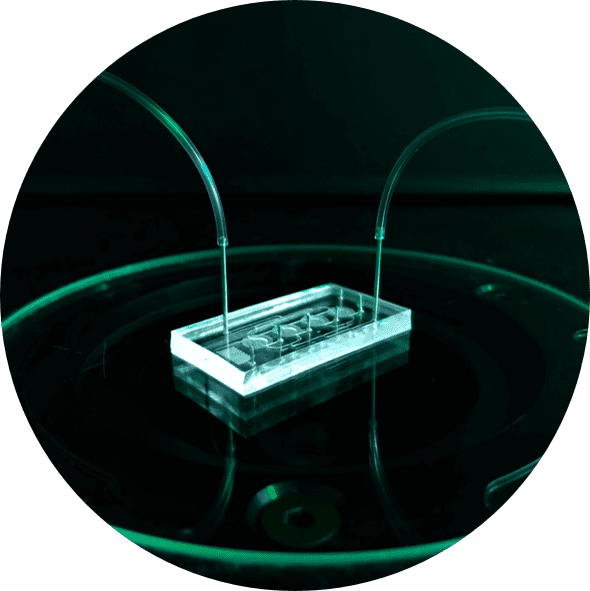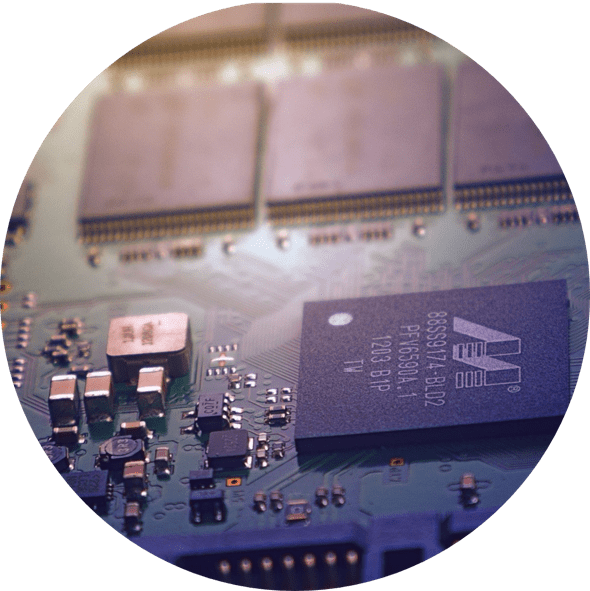Many in vitro test systems and replacement methods are based on the use of stem cells. Stem cells are undifferentiated cells of a multicellular organism that are capable of giving rise to an infinite number of other cells of the same type and from which certain other cell types can arise through differentiation. With the help of stem cells, researchers can, among other aspects, study molecular mechanisms of the body and the diseases associated with them, build patient-specific disease models in the laboratory and thus develop specific therapeutic approaches e.g. by testing active substances in these models.
Embryonic and Adult Stem Cells
Embryonic (so-called pluripotent) stem cells can differentiate into all tissues of the body, whereas adult (multipotent) stem cells can only develop into specific tissue types. Although embryonic stem cells are of particular interest for scientific and biomedical research due to their differentiation potential, their use and especially their isolation is ethically highly problematic since a human embryo has to be destroyed for this procedure.
Although the use of adult stem cells is ethically far less problematic, these already specialized stem cells can only give rise to certain cell types of the human body (e.g. various cell types of the skin but not blood or nerve cells).
Induced Pluripotent Stem Cells (iPS)
Ethically far less problematic than the work with embryonic stem cells is the use of so-called induced pluripotent stem cells (iPS). Due to their differentiation properties, iPS cells are almost as versatile as embryonic stem cells. Through artificial reprogramming of non-pluripotent cells (so called somatic cells), iPS cells have almost as much of a medical potential as embryonic stem cells. Of particular medical interest is the fact that for instance patient-specific iPS cells can be generated from simple skin cells of the respective patient.

